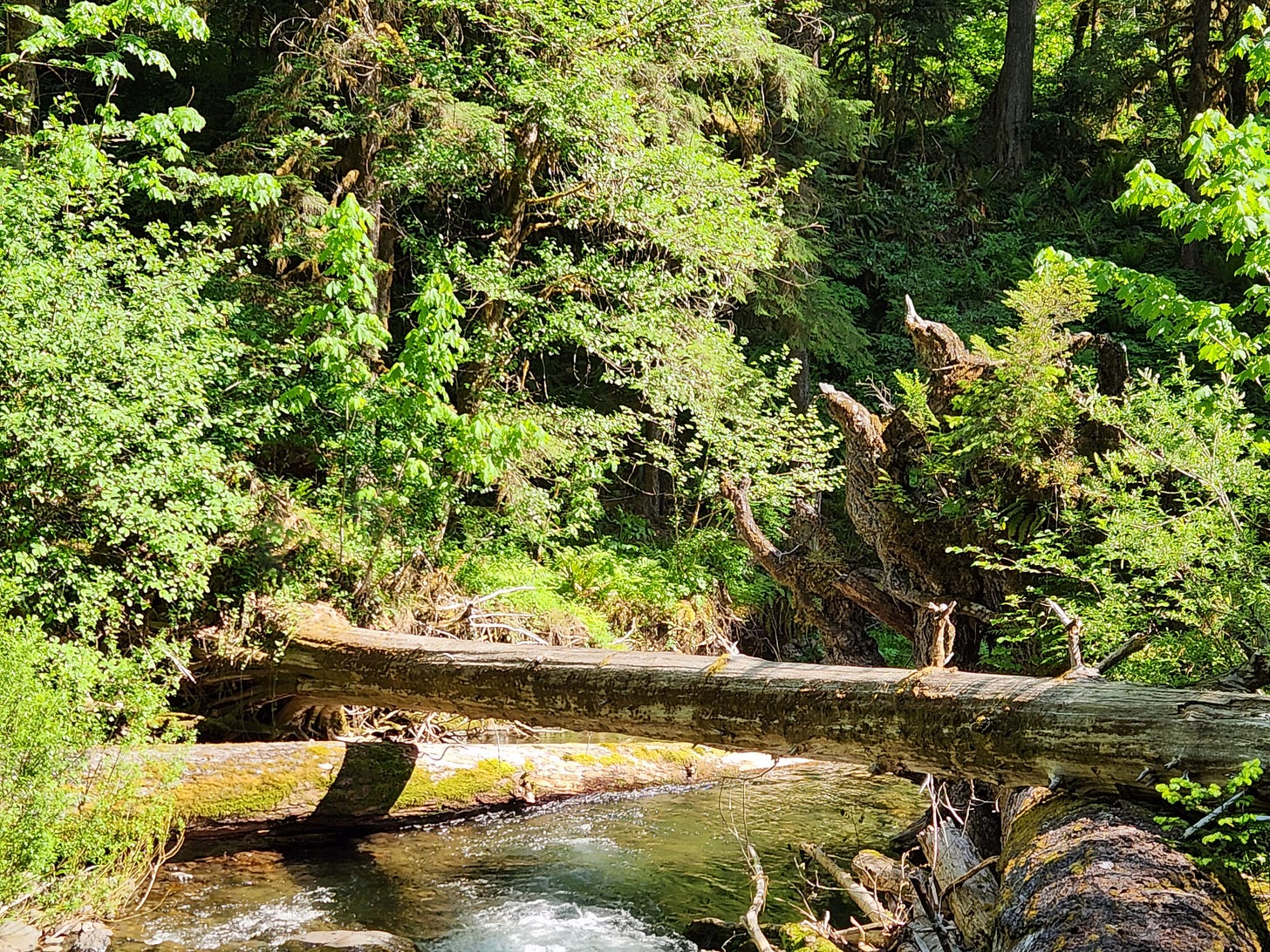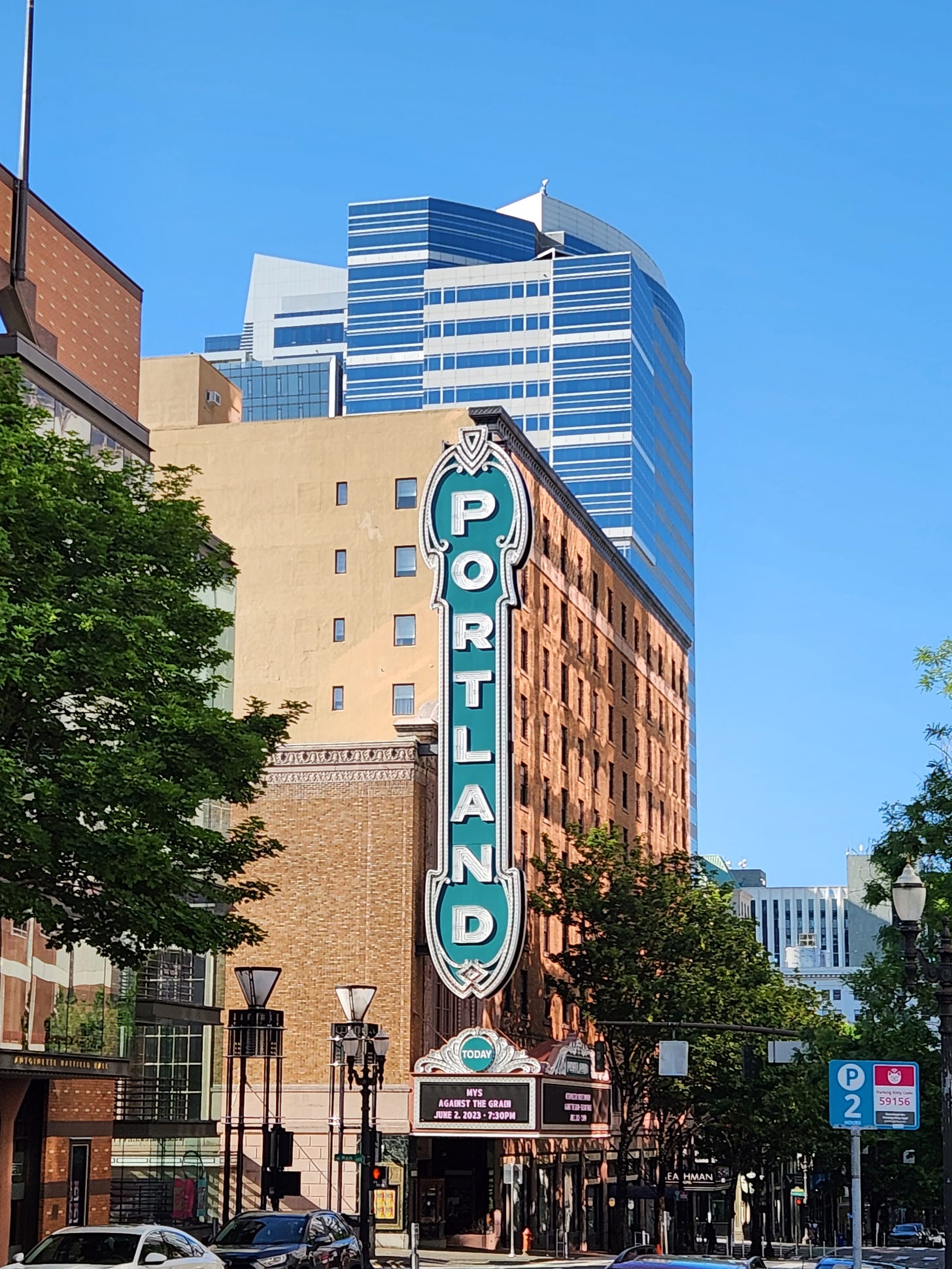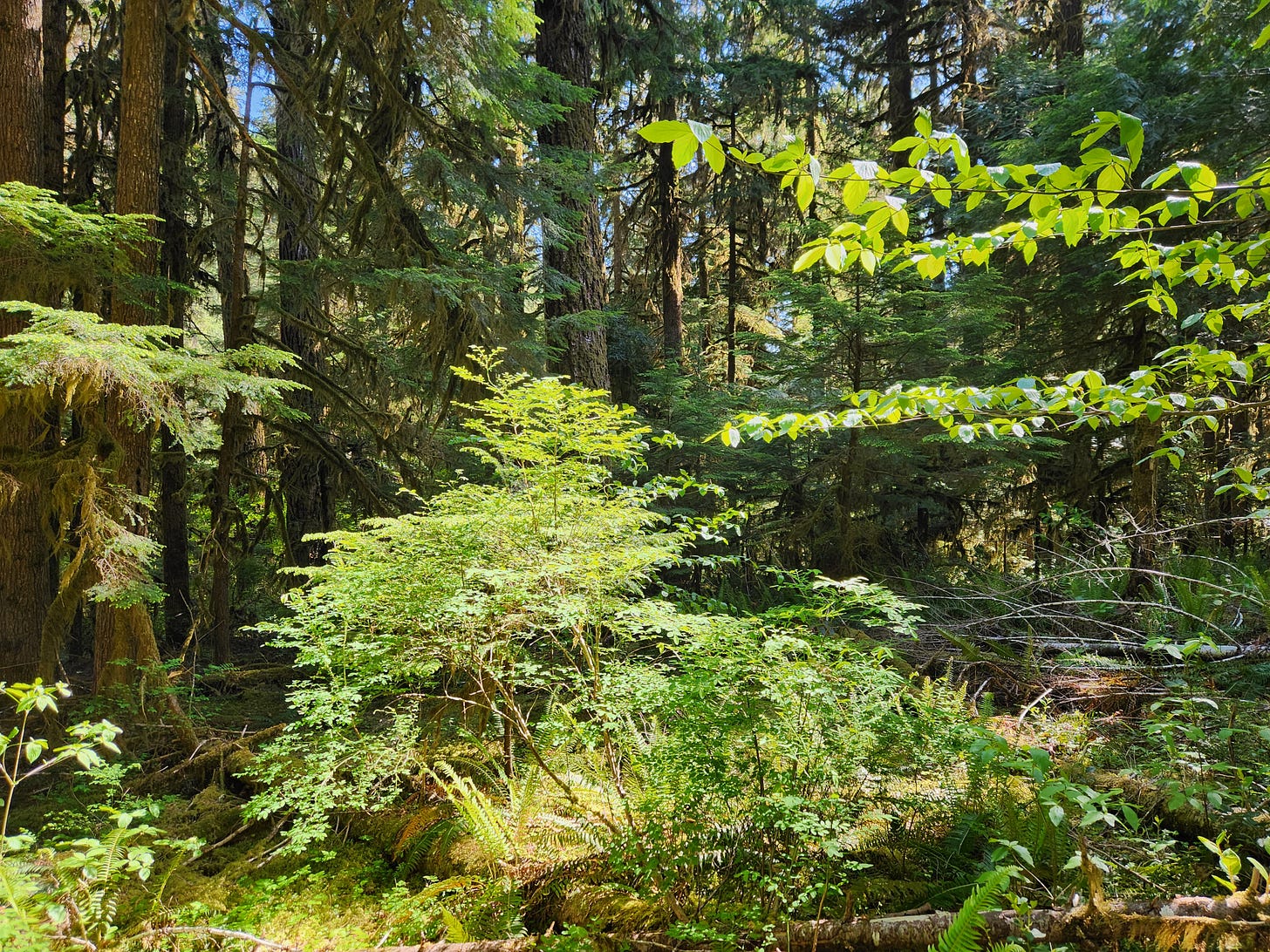I have begun a two-week writing residency at H. J. Andrews Experimental Forest this week. In preparation, I’ve been thinking and writing about forests in recent newsletters. For this week in The Wild Card, I was not sure what to write about – or even if I’d get to write given the necessary preparation and travel time.
But on my way to the forest in the foothills of the Oregon Cascades, I stopped to visit my daughter in Portland. A comment she made spun in my mind in a ballet of free association about place and meaning and our distinct ways of experiencing and investigating place. Read on!
Seeing in Layers
In a few short weeks, my daughter will graduate from Portland State University with a degree in Sociology. In a few short months, she will embark on a doctoral program at the University of Oregon, intending to study, among other things, environmental sociology. I am immensely proud, not just for her stellar academic achievements, but for also for her sense of justice that guides what she studies and why. We share some similarities here, but without a doubt, she approaches these things her own way.
I don’t know Portland well; however, I’ve studied Pacific Northwest history for several decades. So as my daughter and I walked around downtown on a beautiful late-spring day, I kept seeing familiar names on buildings (e.g., Mark Hatfield, Richard and Maurine Neuberger, etc.). Because I can’t help myself – much to everyone’s annoyance probably – I shared short history lessons about these people.
Finally, my daughter said:
“I’m constantly occupying spaces I know nothing about.”
We laughed; it was meant in jest, but as a knowing jest. She’s heard me enough and read enough of my writing to know that I move through the world with one eye on what’s in front of me and one eye on the pasts that haunt western landscapes. (I explore this way of being in landscapes here and here, among other places.)
When I said I wanted to write down what she said, she qualified her thought. It wasn’t true that she didn’t know things about these spaces, she rightly insisted. She knew where homeless encampments had been cleared. She knew where Black Lives Matter protests occurred. As a sociologist, she sees contemporary social structures and events reflected in the contemporary landscape just as I see past social structures and events reflected in the same places.
Comparing in Disciplines
To my great dismay (just kidding), my daughter did not take a single history course in college. (In interest of disclosure for parity, I took only a single sociology course that I did not enjoy that much.) Yet she has developed an analytical lens to understand a sense of place, too. (For a small part of how I developed sense of place as a concept, see this newsletter.)
Portland State University prides itself on being a leading center for urban studies. Consequently, much of my daughter’s education has focused on urban dynamics. Plus, the university and her apartment are located downtown. Her classroom and lived experiences focus on the city. In the 2020s, this has meant knowing about houselessness and protests. These things occur in place just as much as the forests or fields I study.
The American Sociological Association states,
Sociology is the study of social life, social change, and the social causes and consequences of human behavior. Sociologists investigate the structure of groups, organizations, and societies and how people interact within these contexts. Since all human behavior is social, the subject matter of sociology ranges from the intimate family to the hostile mob; from organized crime to religious traditions; from the divisions of race, gender and social class to the shared beliefs of a common culture.
History does much the same thing with the qualification that historians gaze backward. Some sociologists do, too. Historical Sociology is a sub-discipline with a great deal of overlap. Methods differ and so does the writing, usually. But the questions that guide historians and sociologists are among the most closely related in the humanities and social sciences, I think.
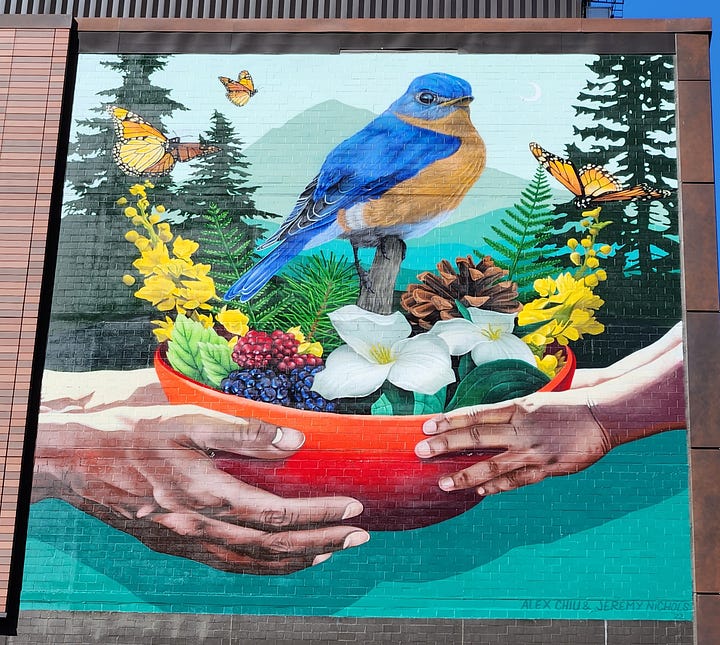
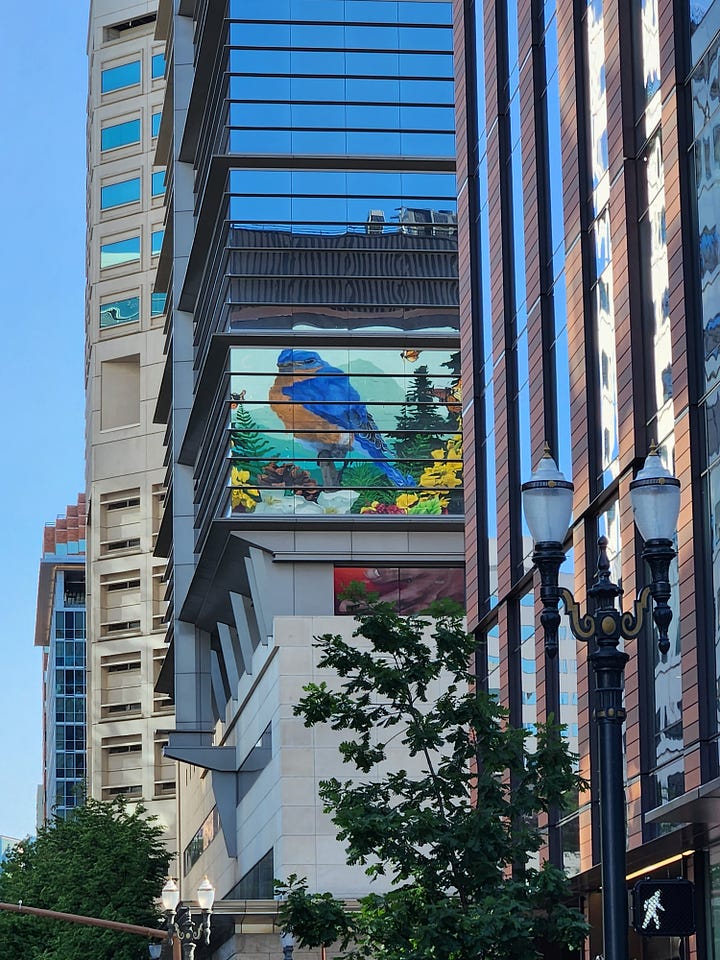
So it should have come as no surprise that during our walk together we would realize that we each see distinct layers in the urban landscape. This convergence happens frequently. We have many shared concerns – as well as distinct interests – and we often arrive at them through complementary ways of understanding, a blending of both personality and education.
Her comment helped crystallize the similarities and differences in our training and even dispositions. We have developed a way to see our world, informed by what and how we study. Me with eyes to the past and the slow accretion of events and people making decisions in ways to shape the world as they desire. She with eyes toward contemporary structures that shape how groups and individuals navigate the pathways laid down for them or through the narrow cracks they forge themselves. Because I study the past, I often grieve for what the world has become and what’s been lost, and that often immobilizes me. Because she studies the present, she often is enraged and determined to make it better.
I admire how she has learned to see the world before her; I love learning from her. I am proud.
And we all should be glad there are different ways to examine the world around us.
Final Words
My writing residency promises to lead to new publications in the coming weeks and months, even years! Last week, though, a new story of mine appeared in Smithsonian Magazine. It is about the river I see from my house and what a history of it – specifically blockages in it – reveal about changing ideals of “progress.” I hope you’ll read “On This Disputed River, Progress May Mean a Return to the Past.”
As always, you can find my books, and books where some of my work is included, at my Bookshop affiliate page (where, if you order, I get a small benefit).
Taking Bearings Next Week
I return to The Classroom next week. I’m guessing there will be something about this forest where I’m working. Stay tuned!
As we move in the direction of summer, I’m making a push to increase my subscribers and the engagement with these Taking Bearings newsletters. So if you want to help with that, please press the Like button below or leave a Comment. If you know others who might enjoy this weekly newsletter, please share it with them. And if you are able, consider upgrading to a paid subscription. Thank you for reading.



